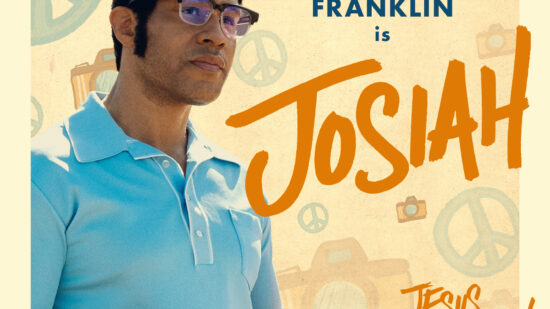“Silence” is based on a 1966 novel of historical fiction by Japanese author Shūsaku Endō. This visually stunning film takes place in the mid-1600s. The story is about two priests, Rodrigues (Andrew Garfield) and Garrpe (Adam Driver), and about their search for a fellow priest, Ferreira (Liam Neeson). The two priests depart from Portugal for Japan, and soon are confronted with what one Buddhist leader refers to as a “swamp”, that the seeds of the gospel fall into. Ferreira is believed to have fallen into apostasy, and this happens when they are forced to step on an image of Jesus Christ after being tormented by the Japanese. Sometimes fellow believers are set on fire in front of them or drowned in order to gain their cooperation in this apostasy. It is Father Sebastião Rodrigues, who is the main character we see and all the events of the movie are seen through his eyes. Although he starts out with Father Garrpe, they are eventually separated and what happens in front of, and to, Rodrigues is unthinkable. He is captured, tortured, or forced to watch others tortured as he is driven toward apostasy. Andrew Garfield gives an impressive performance as Rodrigues.
He wonders in his prayers and thoughts about the “silence” of God, which is, of course, the title of the movie. Yet he states he has heard God’s voice in the silence. He faces despair when the Japanese authorities are most cruel to others and he wonders if he has disappointed God? He also finds Ferreira and is shocked with what he sees. He eventually is forced to make a decision–to step on the image of Christ, and admit apostasy, or to remain firm in his resolve. He seems to hear the voice of Christ, telling him that he identifies with his pain. If he steps on the image, would this be a way of reminding himself that Christ was “stepped on” and crucified? Would he truly be abandoning his faith? Or would he be saving others from pain? The movie leaves these various issues and questions to the audience to decide. Without giving the ending away the film does remember the pastors and Christians of Japan who faced great suffering.
Although the priests are seen absolving sins, they do inevitably point people to Christ. The movie is going to be viewed as somewhat controversial as a few times the priests encourage people to step on the image of Christ so as to be freed from their tortures. Ultimately, the images of people being set on fire and drowned for their faith are images which will be burned in the minds of viewers. The great sacrifice these martyrs make obviously speak loudly as to their faith. Due to the strong violence, we are awarding the film our Faith Based Seal, signifying objectionable material along with a faith-based theme.





